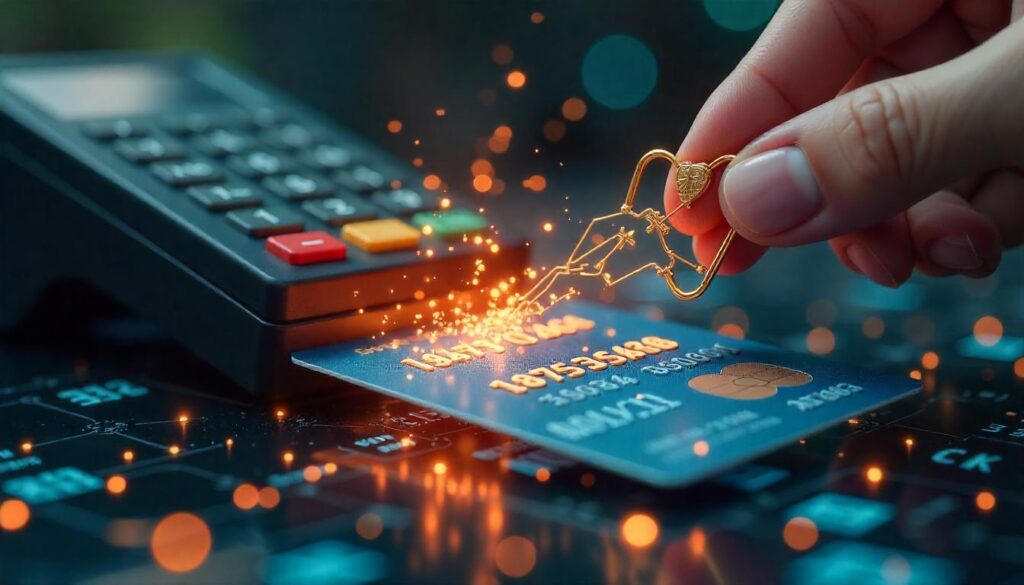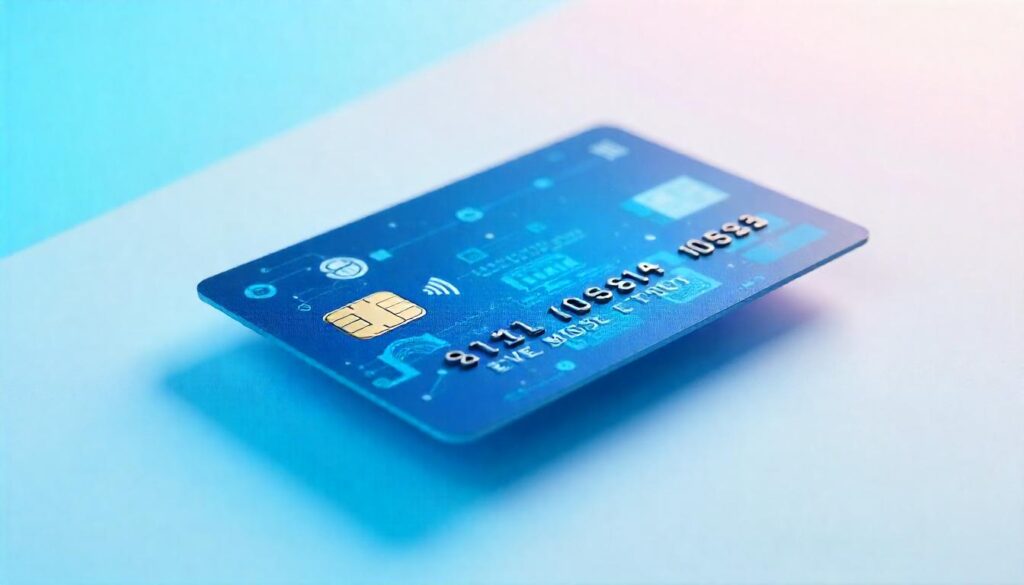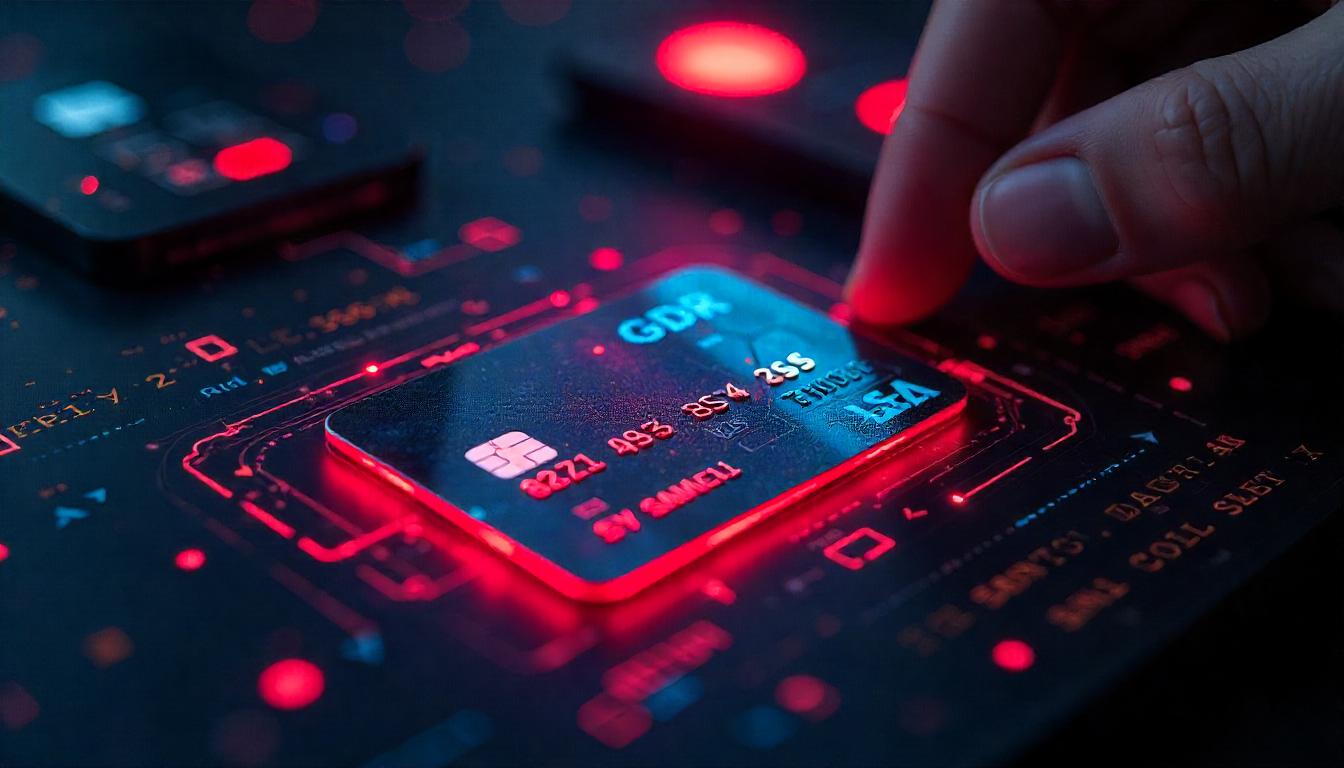The magnet credit card, a staple of the modern wallet, may appear simple but contains a surprising amount of data. Despite newer technologies like EMV chips and contactless payments gaining ground, magnetic stripe credit cards remain in circulation globally. Understanding what data is stored on a magnet credit card and how it functions is vital for consumers, developers, and financial institutions.

What Is a Magnet Credit Card?
A magnet credit card features a magnetic stripe (also known as a magstripe) on the back, which stores cardholder data. This stripe is made up of tiny iron-based magnetic particles embedded in a plastic-like film. The data is encoded onto this stripe and can be read when the card is swiped through a magnetic reader.
Types of Data Stored on Magnetic Stripes
The magnetic stripe typically contains three separate tracks of data. Here’s a breakdown:
| Track | Purpose | Data Type | Typical Content |
|---|---|---|---|
| Track 1 | Airline industry standard | Alphanumeric | Cardholder’s name, account number, expiration date, and more |
| Track 2 | Banking standard | Numeric only | Account number, expiration date, service code, discretionary data |
| Track 3 | Optional | Numeric | Used rarely; can store additional data like PINs or country codes |
Each of these tracks serves specific purposes, with Track 1 and Track 2 being the most commonly used in banking and retail industries.
📢 Related Post: Best Credit Card Protector for Travel 2025
How Skimming Devices Target Magnet Credit Cards

One major vulnerability of magnet credit cards is their susceptibility to skimming devices. These devices can read and copy data from the magnetic stripe without the cardholder’s knowledge. Here’s how it happens:
How Skimming Works
- Installation: A skimmer is installed on legitimate card readers, such as ATMs or gas pumps.
- Data Capture: When a card is swiped, the skimmer reads and stores the magnetic stripe data.
- Data Theft: Thieves retrieve the stored data to clone the card or perform fraudulent transactions.
Common Skimming Locations
- ATMs
- Gas station pumps
- Point-of-sale terminals in less-monitored retail environments
How to Protect Yourself
- Use ATMs in well-lit, secure areas
- Wiggle the card reader to detect tampering
- Cover the keypad when entering your PIN
- Use cards with EMV chips when possible
Magnet Credit Cards in Point-of-Sale Systems: What Developers Should Know
For developers working with Point-of-Sale (POS) systems, understanding how to properly integrate and secure magnet credit card data is crucial.
Key Development Considerations
- Card Reader Hardware Integration: Ensure compatibility with magnetic stripe readers.
- Data Parsing: Build logic to read and parse data from Track 1 or Track 2.
- PCI DSS Compliance: Store and transmit cardholder data in accordance with Payment Card Industry Data Security Standards.
- Tokenization and Encryption: Never store raw magnetic stripe data. Use encryption or tokenization techniques.
| Requirement | Action |
|---|---|
| Card reader integration | Use APIs or SDKs provided by hardware vendors |
| Secure data transmission | Implement SSL/TLS encryption |
| Compliance | Follow PCI DSS rules for storage, transmission, and handling of cardholder data |
📢 Related Post: Best Business Moneyback Credit Cards 2025
Legal Regulations Surrounding Magnet Credit Cards and Data Protection
As card fraud involving magnetic stripe data continues to be an issue, regulations have been enacted globally to protect consumer data.

Notable Regulations
- PCI DSS: Sets the global standard for card security.
- GDPR (Europe): Requires that personal data, including card data, be stored and processed securely.
- GLBA (USA): Mandates financial institutions to protect consumer information.
- RBI Guidelines (India): Pushes for EMV chip adoption and restricts magnetic stripe usage.
Penalties for Non-Compliance
- Hefty fines
- Loss of ability to process credit cards
- Legal liabilities in case of a data breach
Best Practices for Compliance
- Regular audits
- Encryption of sensitive data
- Role-based access controls
- Secure software development lifecycle (SDLC)
How Banks Encode Data onto Magnet Credit Cards
The encoding process involves transferring digital data onto the magnetic stripe using a specialized encoder.
Steps in the Encoding Process
- Card Preparation: Blank cards are prepared with the magnetic stripe.
- Data Input: Cardholder information is entered into the card management system.
- Magstripe Encoding: An encoder writes data onto Track 1, 2, or 3 using specific character sets.
- Quality Control: Cards are tested for readability and accuracy.
| Track | Character Set | Encoding Standard |
|---|---|---|
| Track 1 | 7-bit alphanumeric | ISO/IEC 7813 |
| Track 2 | 5-bit numeric | ISO/IEC 7813 |
| Track 3 | 5-bit numeric | Varies by application |
Encoding devices must comply with ISO/IEC standards to ensure interoperability across banks and card networks.

FAQs About Magnet Credit Cards
1. What happens if the magnetic stripe is damaged?
If the stripe is scratched or demagnetized, it may not be read by POS systems. You’ll likely need a replacement card.
2. Is it safe to still use magnet credit cards?
While not as secure as EMV chips, they are generally safe if used with caution and monitored for fraud.
3. Can a smartphone magnet demagnetize my card?
Yes, strong magnets can potentially damage the stripe’s data.
4. Why are magnetic stripe cards still in use?
Some countries and retailers haven’t fully transitioned to newer technology due to cost or infrastructure constraints.
5. How can I tell if my card uses magnetic stripe data?
Look at the back of the card — a black or brown stripe indicates magnetic stripe functionality.
Magnet credit cards may be fading, but they still play a crucial role in today’s payment systems. Understanding what data is stored, how it’s used, and the associated risks can help consumers stay safe and developers build secure systems. As technology advances, awareness remains your best defense.
📢 Don’t Miss: 5 Best Hacks to Max Credit Card Points







